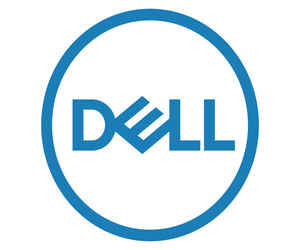The Benefits of a Multicloud Approach for Healthcare
Because many healthcare organizations have distinct operational silos, their leaders may not fully understand how multicloud solutions can simplify operations, Fredericks says.
“I have clients that operate in silos — one group functions by operating exclusively with a particular public cloud provider and its native offerings, while another group in the same organization pursues an entirely different approach. They usually come to me and say, ‘How do I bring some sanity to this?’” Fredericks says.
As we work with healthcare organizations, we find that that each entity has unique needs and business drivers. For some, bringing common tools and building blocks to their workloads helps alleviate a lot of complexities and inefficiencies while helping them operate within a model they are familiar with. For others, business drivers may be forcing a radically different approach requiring, for example, the relocation of entire workloads from IT data centers to specialized, healthcare-oriented cloud service provider locations. To maximize flexibility and customizability, the Dell Alliances Healthcare Cloud framework can be an attractive solution and can deliver benefits that include:
- Simplified space from moving workloads out of their data centers to support decommissioning efforts
- Improved efficiency and usability from moving workloads and data to within milliseconds of all major cloud providers so that they can be accessed and shared more easily
- Predictable billing where the monthly costs of a cloud-adjacent partner are considerably more reliable and less complex than customers sometimes find when operating in the public cloud
- Better operations and security from offloading many higher-level security, operational and healthcare application-specific management functions as part of the monthly fee when selecting the appropriate providers
Click below to learn how to optimize healthcare’s connection to the hybrid cloud.













